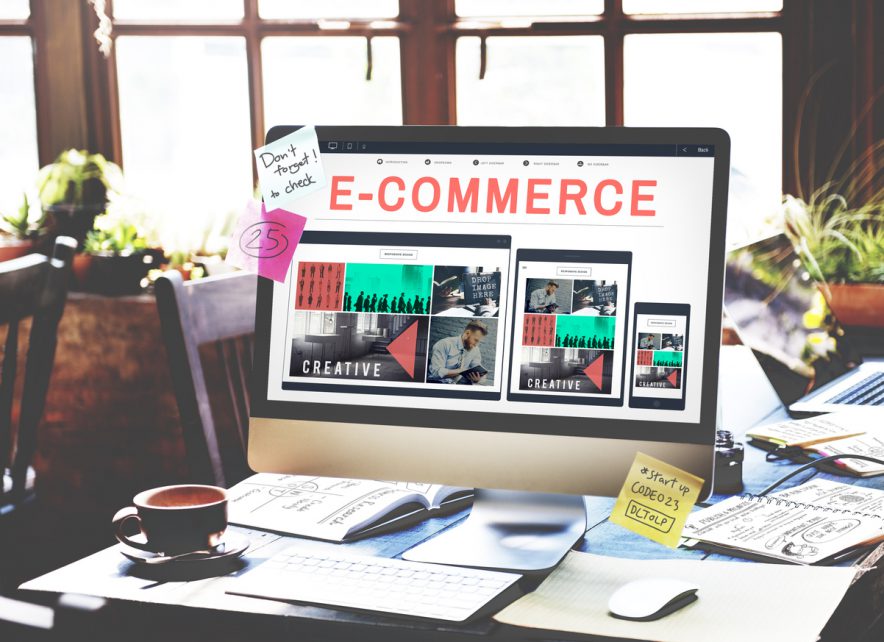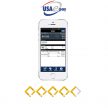
How To Build, Launch, Grow A Profitable Online Store
The National Retail Federation expects online sales to soar considerably during 2017, and although most sales are still made in physical stores, ecommerce is gaining ground and it’s expected to exceed $400 billion in 2018.
The convenience of online shopping and growth in smartphone use are just some of the reasons behind this growth, and with such a demand, it makes sense that both existing businesses and start-ups are exploring the potential of selling online.
If you’re considering taking your first tentative steps towards your own online store, this article will help you get started.
Begin by Selecting Your Products
For offline merchants taking their business online ecommerce, the decision on what products to sell is usually made for them. However, for new start-ups, deciding what to sell can be more complicated, especially for would-be entrepreneurs who are completely new to retail. If you’re looking for ideas, then the products you sell could be based on:
- Your passion.
- A specific niche with a wide enough market.
- The latest trends.
- Unique items.
- What competitors are selling.
- Products that provide a solution to everyday problems.
- Products that there are a genuine need for, but not too much competition.
However, you’ll also have to narrow down your product choices depending on:
- The profit margins.
- The cost of shipping.
- Costs associated with your store.
- The costs for transactions.
- And the ease of finding regular suppliers.
You’ll find a comprehensive tutorial on how to decide what to sell online here.
Choose Your Ecommerce Platform
Once you’ve chosen your products and calculated whether selling them online is profitable, the next stage will be to select your ecommerce platform.
There’s several paid and unpaid options available, but if you’re looking to set up a professional store that instilsconsumer confidence, then a paid option is your best choice.
The platform you select will also depend on:
- The flexibility it offers you.
- Your budget.
- Your level of technical expertise.
However, it will also need to be secure and be PCI compliant.
Some of the most popular platforms are Shopify, Big Commerce and WordPress, which all make it easy for anyone getting started in ecommerce.
Whichever platform you ultimately go with, the finished store should be:
- Intuitive to the visitor.
- Easy to navigate.
And you might also consider a store with a blog option to drive targeted traffic to your new website.
What Will Call Your Store?
The name you select is going to be what defines your business and a key part of your branding, so select your name carefully. Among other things, the name of your store should be:
- Descriptive.
- Memorable.
- Short.
- And incorporate keywords to help visitors find your site.
However, you should also be careful that you aren’t inadvertently contravening copyright or trademarks with your store’s name. Once you’ve decided on a name that ticks all the right boxes, consider buying a few variations of the domain name rather than just the .com, if they’re available.
If you are struggling for ideas for a suitable name, there are some further tips available here.
How Will You Accept Payments?
Perhaps your biggest decision will be which payment options to accept. You want to be able to accept a varied range of payments, but you don’t want to confuse shoppers by offering too many.
A good starting point is thinking about the type of payments your target audience want to see.
However, credit cards are the most obvious solution for ecommerce payments, and you can accept them through PayPal, via a payments processor or both – it’s entirely up to you. If you decide to go with PayPal, a payment processor can integrate this option into your store.
For retailers that want a payment processor to collect their payments for them, this will require setting up a merchant account first, but once this is done it comes with added advantages like:
- Tools to detect potential fraud.
- Help with PCI compliance.
- And support with setting up payments.
You could also choose ACH payments, which are known for their added security, and some buyers will be happier with this method as there is no need to give out credit card details.
Whichever option you go with, make sure it’s financially viable and doesn’t take too much out of your profits.
Marketing Your Store
With the store set up, your name chosen and your webhost and payment methods selected, you’ll be ready to start marketing your store. You can do this through both online and offline means such as:
- Setting up a blog and using keywords to drive targeted traffic to your website.
- Promoting your website offline at trade events.
- Issuing press releases to announce the initial launch of the store and to announce anything that is newsworthy: For example, the introduction of new products.
- Marketing to your niche customers through forums and social media.
- Getting featured in local newspapers and on radio stations.
- Printing off business cards to hand out at networking events.
- Delivering leaflets door to door.
However, there are plenty other ways to promote your website and remember that marketing is an ongoing process; depending on the type of product you’re selling, it’s likely to take some time before you become established and start attracting traffic in volume.
Measure the results of all the marketing efforts you undertake. After a while you’ll learn which ones are the most effective at driving visitors and new customers to your website.
Conclusion
Ecommerce doesn’t just provide new ways for an existing business to market their items: it also gives would-be entrepreneurs, who have always wanted to own their own enterprise, a cost-effective way to set up a business.
Setting up a store might seem intimidating but it’s much easier when you break it into smaller steps: Choosing your products wisely and ensuring they offer a good profit margin, selecting a name that is memorable, picking the right ecommerce platform and your payment options.
With all of that done, you’ll soon be ready to start marketing your business and building a steady flow of customers.
Ready to get started?
Get in touch or create an account





